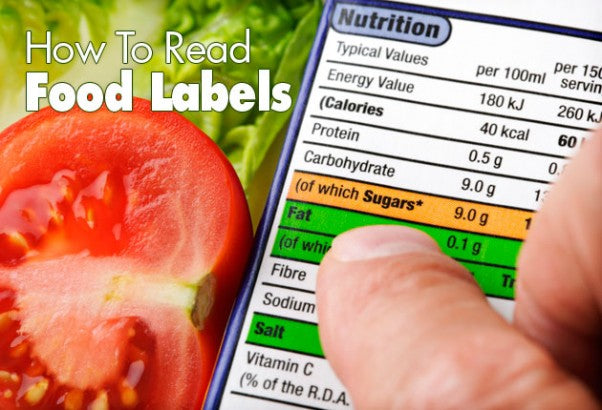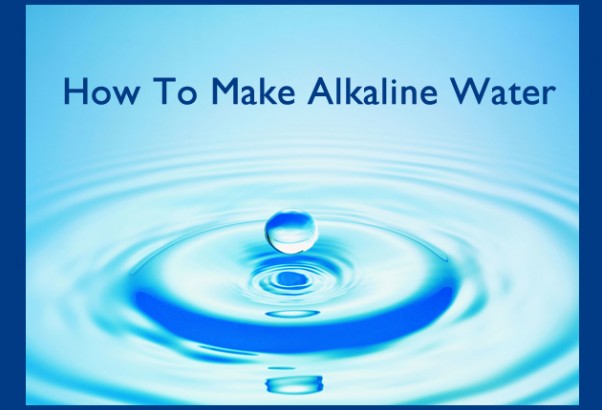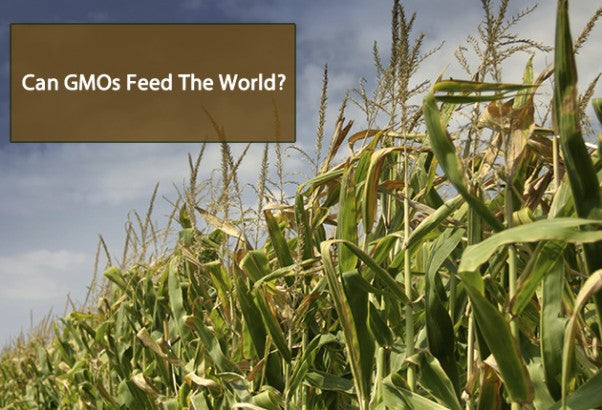Think you can judge a packaged food by what’s written on the front? Good luck! Certain words cannot be used on food packaging while others can — but their meaning may not be exactly what you think! The result can be very confusing to someone who doesn't understand how the rules work. We'll show you how to find out what’s really inside and how to interpret clever package wording in this two-part video series.
What Should We Look for on Food Labels?
Have you ever seen the all-natural foods in the grocery store freezer? On the label they look pretty good: no cholesterol, no trans-fat, good source of fiber, etc. But are they any good? That’s what the front of the package would have you believe, but we should never, ever believe anything on the front of a packaged food. There may be a lot of empty, misleading claims on the front of the package, but the truth is on the back. That’s why you should always read the nutritional facts label and the ingredient list on any packaged food.
Specific Food Label Highlights
In terms of fat, we need to keep fat calories to 20% per day. There are three types of fat we should avoid: saturated animal fat; saturated vegetable fat; and manmade saturated fat including hydrogenated (or partially hydrogenated) vegetable oil, margarine, shortening, etc. Even if a package claims “low fat”, we still need to avoid these types of fat completely (cold pressed, virgin coconut oil is a saturated fat, but it’s not bad in moderation; that’s a whole different story we’ll get into another time). Fat from whole food sources like flaxseed, almonds, sunflower seeds, are all good sources of healthy fats that we should be consuming as our 20% of calories per day (“calories from fat” – see the first 6 minutes of the video above for an explanation).
Salt, like fat, is another ingredient that provides flavor to a lot of packaged foods, especially things like potato chips. But even healthy versions of potato chips like sweet potato chips or chips made from root vegetables can have either a high amount of fat or salt or both! Serving size is another trick used to make you think you’re getting less fat than what is realistic. Take cooking spray, for example. The label on a healthy sounding cooking oil spray like grapeseed oil may claim that there is no fat — but that’s impossible because oil is fat by definition!
Another Way Food Processing Makes Healthy Eating More Difficult
The way that manufacturers get around this is that any nutrient (including fat) that is less than 0.5 grams per serving can be labeled as “0 grams”. So, it looks like there’s no fat, but in reality the entire serving is 100% fat, but because the serving size is so small in a cooking spray, the label can claim “0 grams” of fat. Another concern is daily sodium intake. Our rule of thumb is quite simple; on a packaged product, the ratio of sodium to calories should be 1:1.
So, if there are 100 calories in a serving of chips, for example, ensure that the amount of sodium in those chips is no more than 100 mg. This way, you'll keep your daily sodium intake in check. However, foods like packaged soup are notorious for high levels of sodium. Even healthy soups can have 300 mg of sodium in a 120 calorie serving — that’s certainly not a 1:1 ratio, more like 2.5:1. Not exactly a good example of "daily sodium intake", is it? Again, always be sure to read the label on any packaged food.
Be Aware of Your Portion Control
One more thing to consider: serving size. In the package soup example above, consider that a cardboard “cup of soup” package of dehydrated soup and seasoning is usually 2 servings, not 1 serving. But who splits a cup of soup into 2 servings? In reality, by the time you finish eating that cup of soup, you will have consumed twice the amount of fat and salt on the label because you’ve actually consumed 2 servings.
So, remember… if the nutritional label looks too good to be true, it probably is. Do you read labels every time you shop? If not, how often? Comment with your thoughts in the section below!






